Your Cart is Empty
SHOP KNIVES

Edge Mastery - 5 Best Ways to Sharpen a Knife Razor Sharp
February 13, 2024 4 min read
Knives are essential in our daily routines, whether in the kitchen, at work, or during outdoor adventures. However, a skill not as widespread is maintaining a knife's sharpness and truly understanding the meaning of a "razor-sharp" edge.
This guide unveils some secrets behind achieving and preserving a knife's sharpness.
Though one could pursue extreme measures to attain the pinnacle of sharpness for their everyday carry (EDC), this guide will focus on the best way to sharpen a knife to a razor-sharp condition, ensuring a reliably sharp edge for a wide range of cutlery.
5 Best Ways to Sharpen Your Knife Razor Sharp
Sharpening a knife to a razor-sharp edge involves various techniques, each suitable for different preferences and available tools. Whether you're a chef, outdoors person, or hobbyist, mastering these methods can significantly improve your knife's performance.
Here are five effective ways to achieve that sought-after razor-sharp edge:
1. Sharpening Stone Method
The sharpening stone, or whetstone, is a classic and widely used approach. It requires sliding the blade across the stone at the correct angle to hone the edge gradually.
This method is effective for comprehensive sharpening, starting with a coarser grit to reshape the edge and finishing with a finer grit to polish it.
2. Micro Bevel Method
The micro bevel technique involves adding a very slight secondary bevel at the very edge of the knife. After sharpening the knife at the usual angle, you slightly increase the angle for the final few strokes.
This creates a durable edge that's still razor-sharp, ideal for knives that see a lot of use.
3. Stropping
Stropping polishes the blade's edge to a mirror-like finish, removing any burr and aligning the edge at the microscopic level. Using a leather strop after sharpening can significantly enhance the knife's sharpness, gliding through the material with minimal effort.
4. Honing Rod
While often used for maintaining an edge, a honing rod can refine sharpness when used correctly. Regularly running the knife along a honing rod realigns the edge, keeping it straight and sharp.
It's most effective as a maintenance tool between more thorough sharpening sessions.
5. Electric Sharpener
Electric sharpeners are a modern solution for those seeking convenience and speed. These devices often feature multiple stages, from grinding a new edge to fine-honing.
While not always able to achieve the personalized sharpness of manual methods, they offer a quick and easy way to maintain a sharp edge.
Things to Consider Before you put a Razor Edge on a Knife
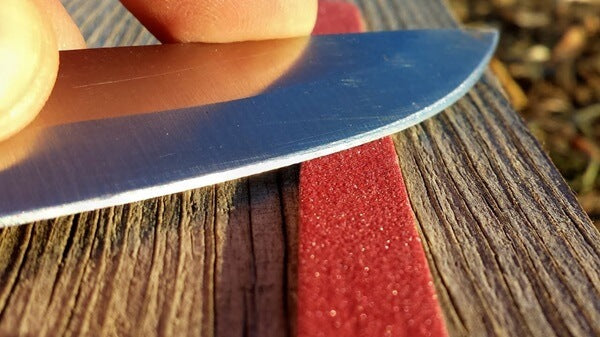
Sharpening your knife involves several steps, but with dedication, practice, and attention to detail, anyone can learn how to get a knife razor-sharp with minimal investment for significant results.
The process includes the following considerations:
Assessing the Edge's Condition
The initial step involves examining the knife's edge to identify any damage.
- Observing the edge from both the side and directly in front can reveal the nature of the damage.
- When viewed from the side, tiny disruptions in the edge's continuity, such as rolls or chips, become apparent.
- These imperfections need to be removed.
- The extent of these chips indicates the amount of metal that must be eliminated along the entire edge to maintain the knife's overall shape.
It's also beneficial to assess the thickness just behind the edge. If your knife gets stuck in materials more frequently after several sharpenings and isn't slicing as smoothly as before, it might be time to thin out the area behind the edge.
Removing Damaged Steel
The process begins with de-stressing the edge.
- The metal at the knife's dull edge is weakened and damaged from wear and tear.
- Removing this compromised steel is crucial to uncover the stronger, untouched steel beneath.
- This is achieved by drawing the knife across a sharpening stone to blunt the edge and reveal the undamaged steel.
- The knife should be held perpendicular to the stone during this process with very light pressure.
Setting the Sharpening Angle
Determining the correct sharpening angle is crucial if you don't have specific tools.
- Initially, you should experiment to find the optimal thickness. A good starting point is 15 degrees per side.
- You can use a piece of paper to estimate a 15-degree angle without tools.
- A corner of the paper forms a 90-degree angle; folding this corner into thirds yields a 30-degree wedge.
- Halving this gives you the 15 degrees to aim for when holding your knife against the stone to thin the area behind the edge and form an angle.
Maintaining Your Knife's Sharp Blade

Over time, even the finest knives will inevitably dull, regardless of the quality of the steel. The extent of dullness will determine whether a quick touch-up or a complete re-sharpening is necessary.
1. General Maintenance
- Most users should maintain a 15-degree angle on each side of the blade.
- If your knife remains sharp longer than expected, simply maintain this angle and use a strop for upkeep, opting to thin rather than create a micro bevel, enhancing performance significantly but possibly reducing-edge longevity.
2. Adjusting for Durability
- If your knife dulls quicker than usual, increase the angle slightly while applying a micro bevel during sharpening for enhanced edge retention.
- In many cases, without severe damage, it's possible to maintain your knife's edge with just a micro bevel and stropping, avoiding the need to thin the blade repeatedly.
3. Routine Care
- Once performance diminishes noticeably, revisit the full sharpening process to restore your knife's edge to its optimal state.
Conclusion
Mastering the art of keeping a knife razor-sharp is an invaluable skill that enhances the utility and longevity of your cutlery. By understanding and applying techniques such as sharpening stone, micro beveling, stropping, and more, you can ensure your knives remain in peak condition, ready for any task.
Related Articles
Subscribe
Sign up to get the latest on sales, new releases and more …

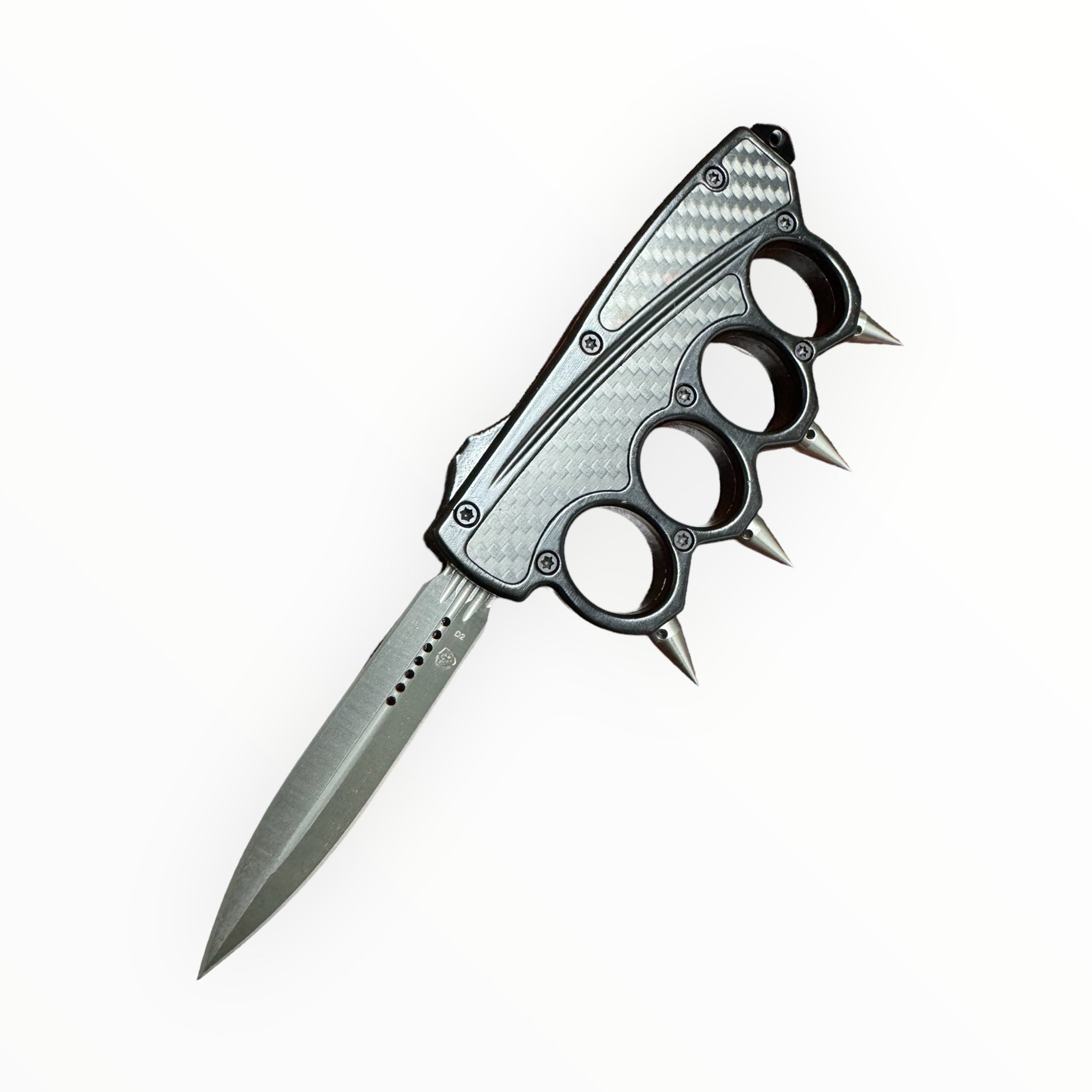 B/Knuckles
B/Knuckles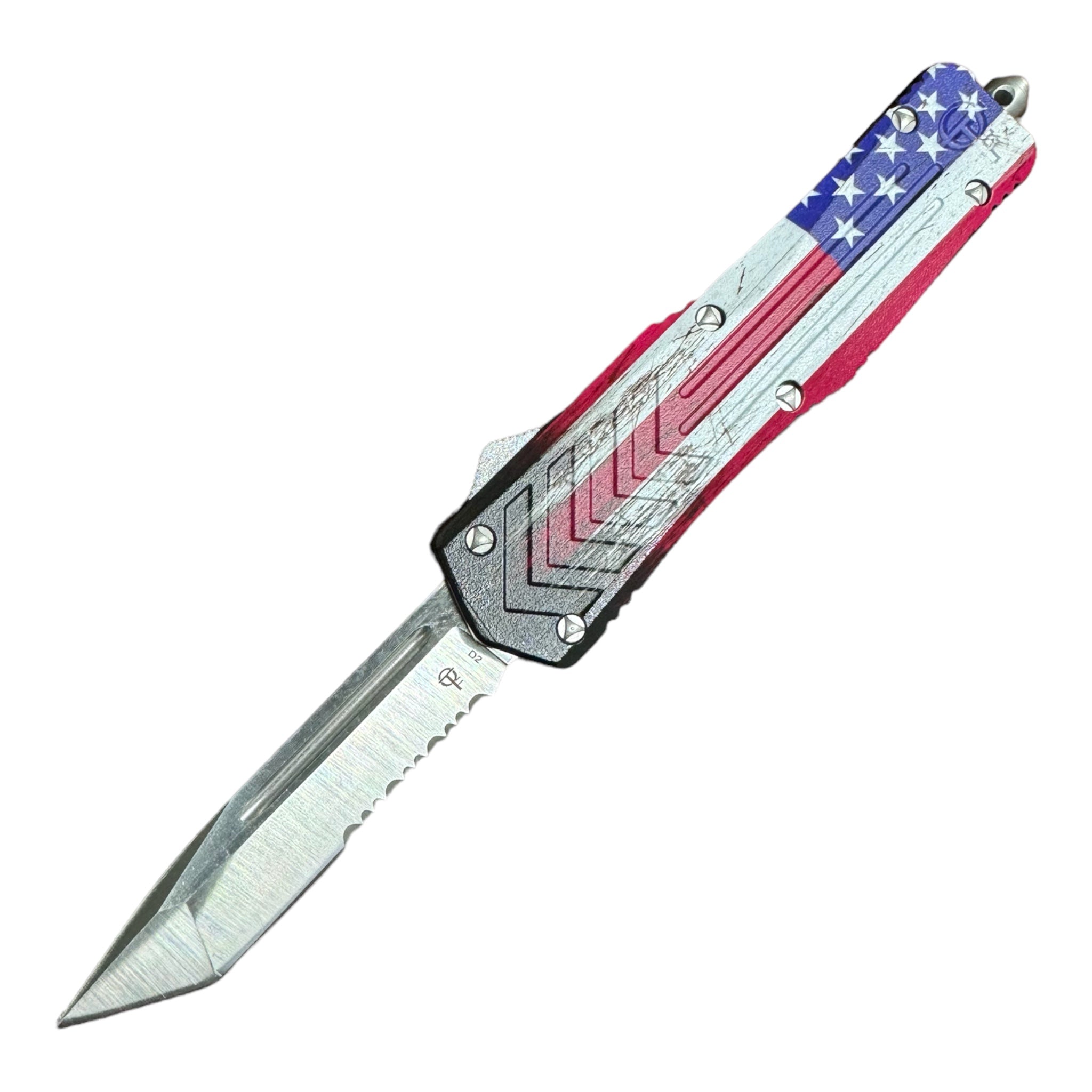 Custom Ranger
Custom Ranger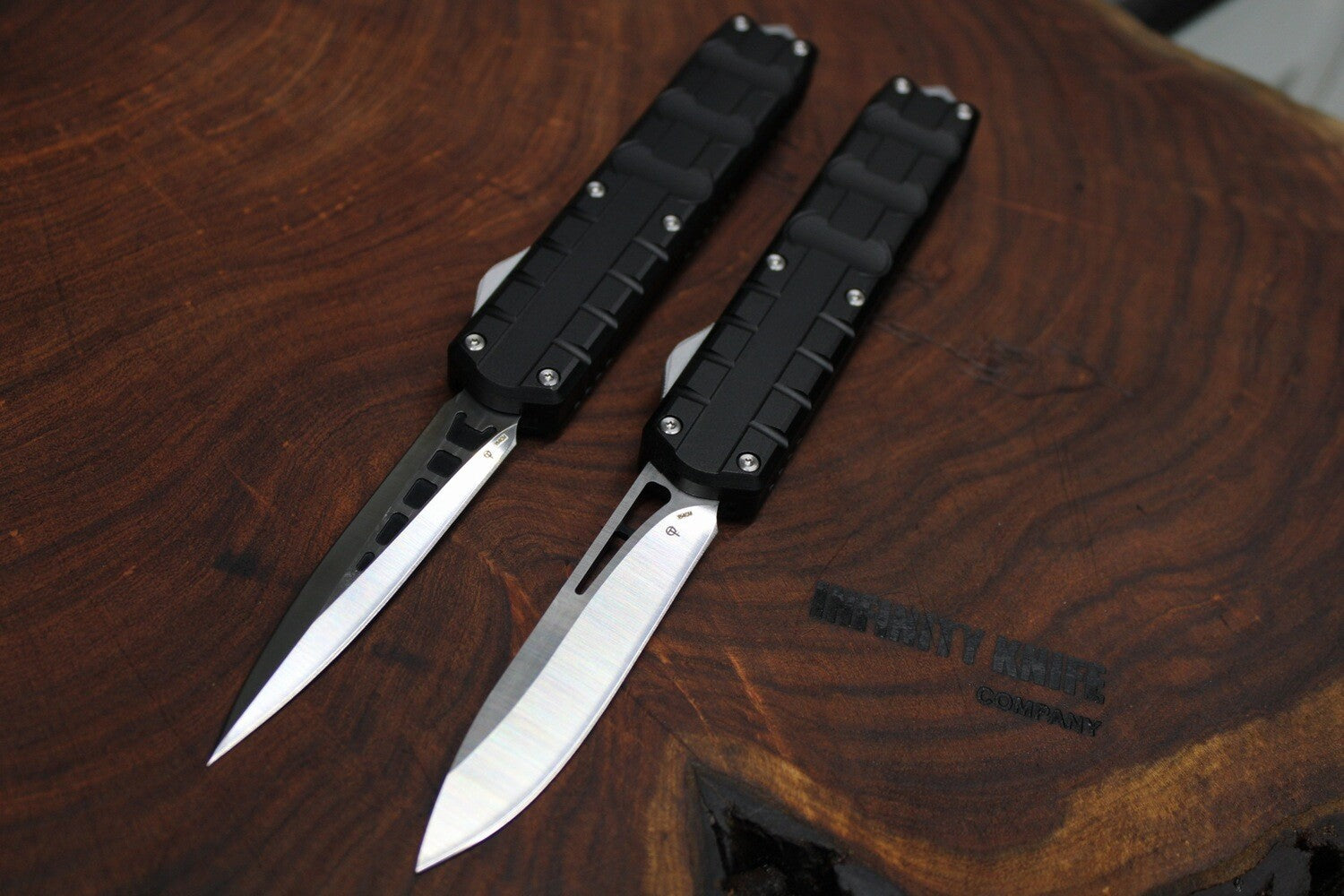 DESERT STORM
DESERT STORM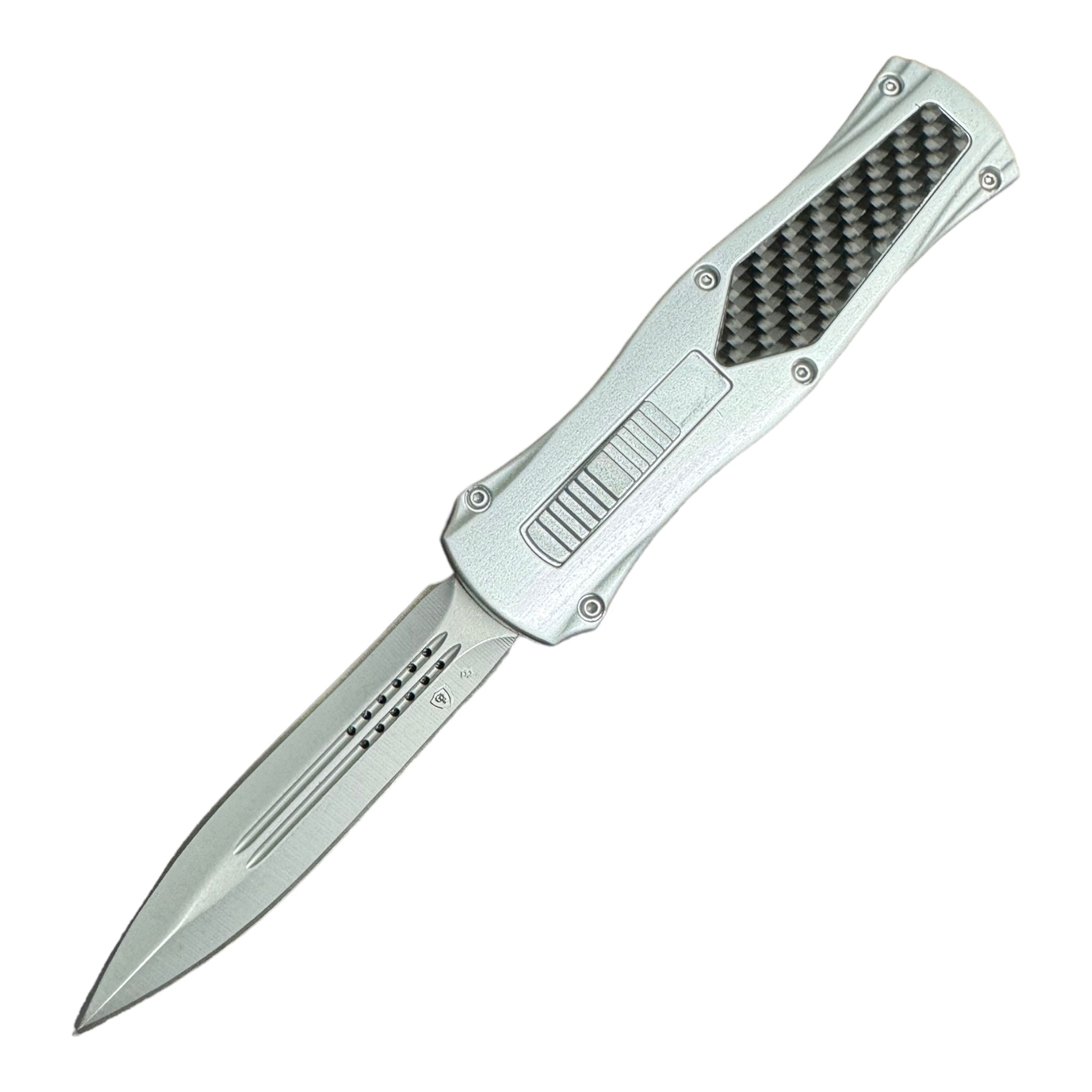 EXCALIBUR
EXCALIBUR First Responders
First Responders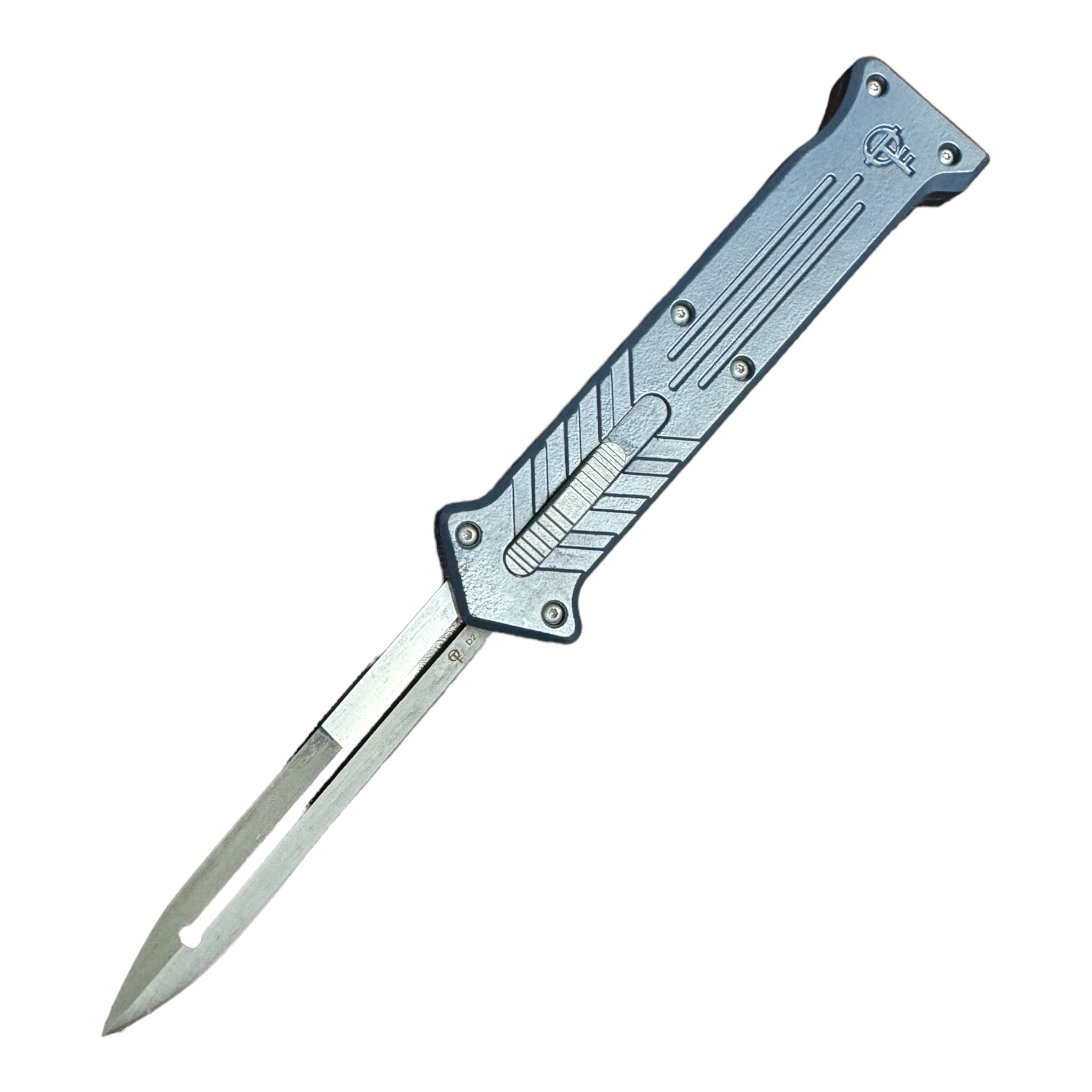 THE JOKER
THE JOKER CLASSIC
CLASSIC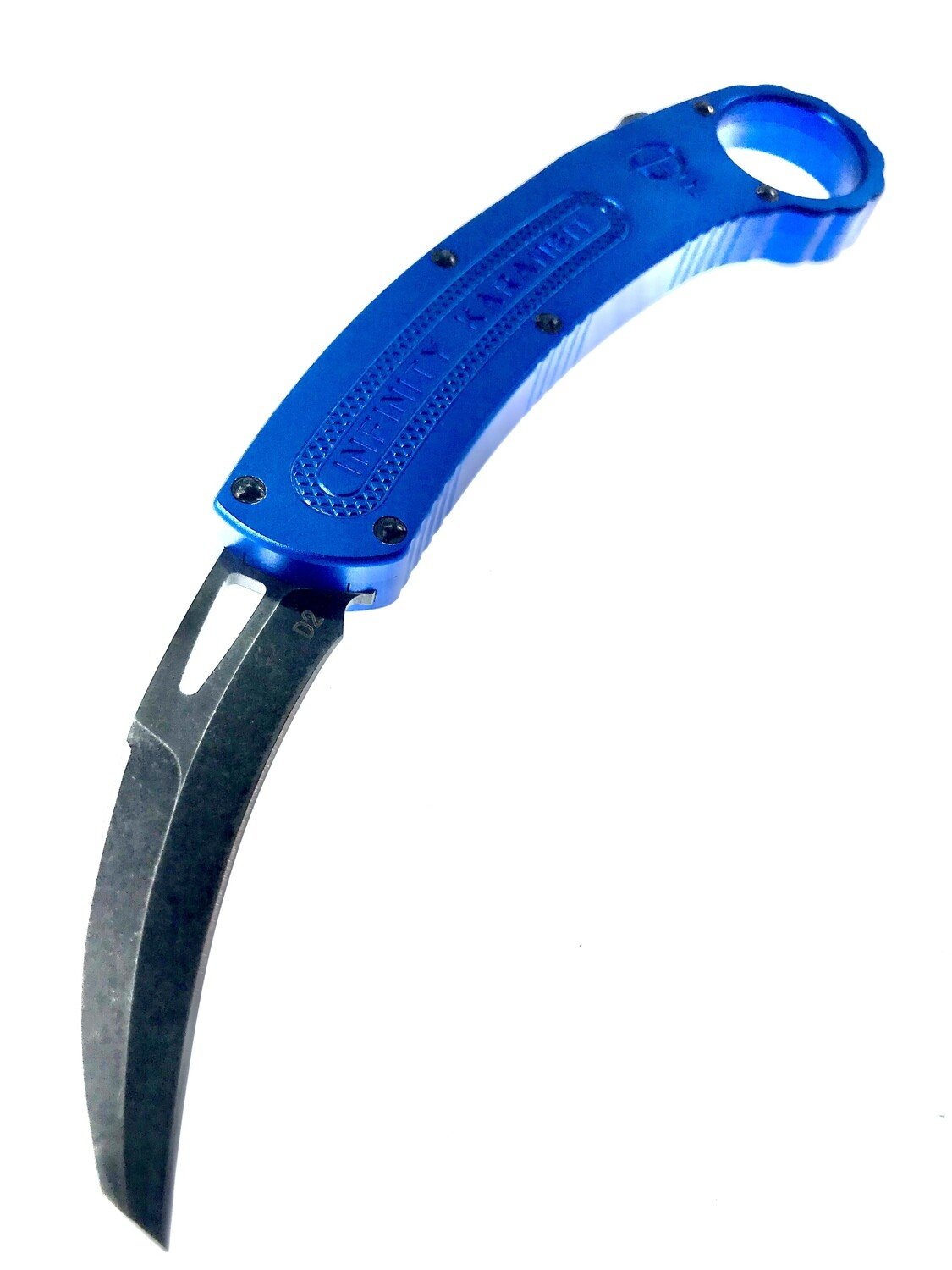 KARAMBIT
KARAMBIT HEXIGON
HEXIGON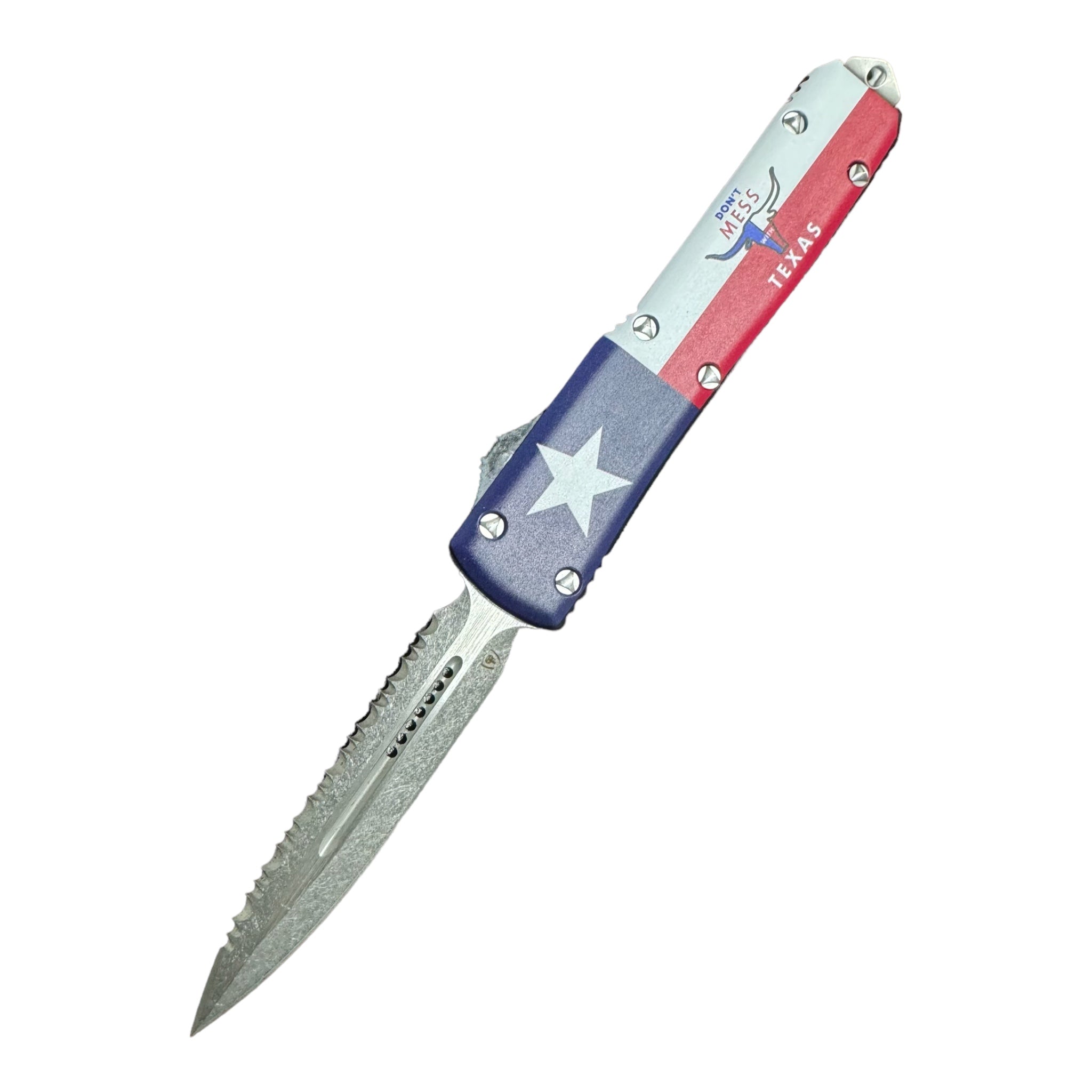 TEXAS COLLECTION
TEXAS COLLECTION STRYKER V2
STRYKER V2 STRYKER V1
STRYKER V1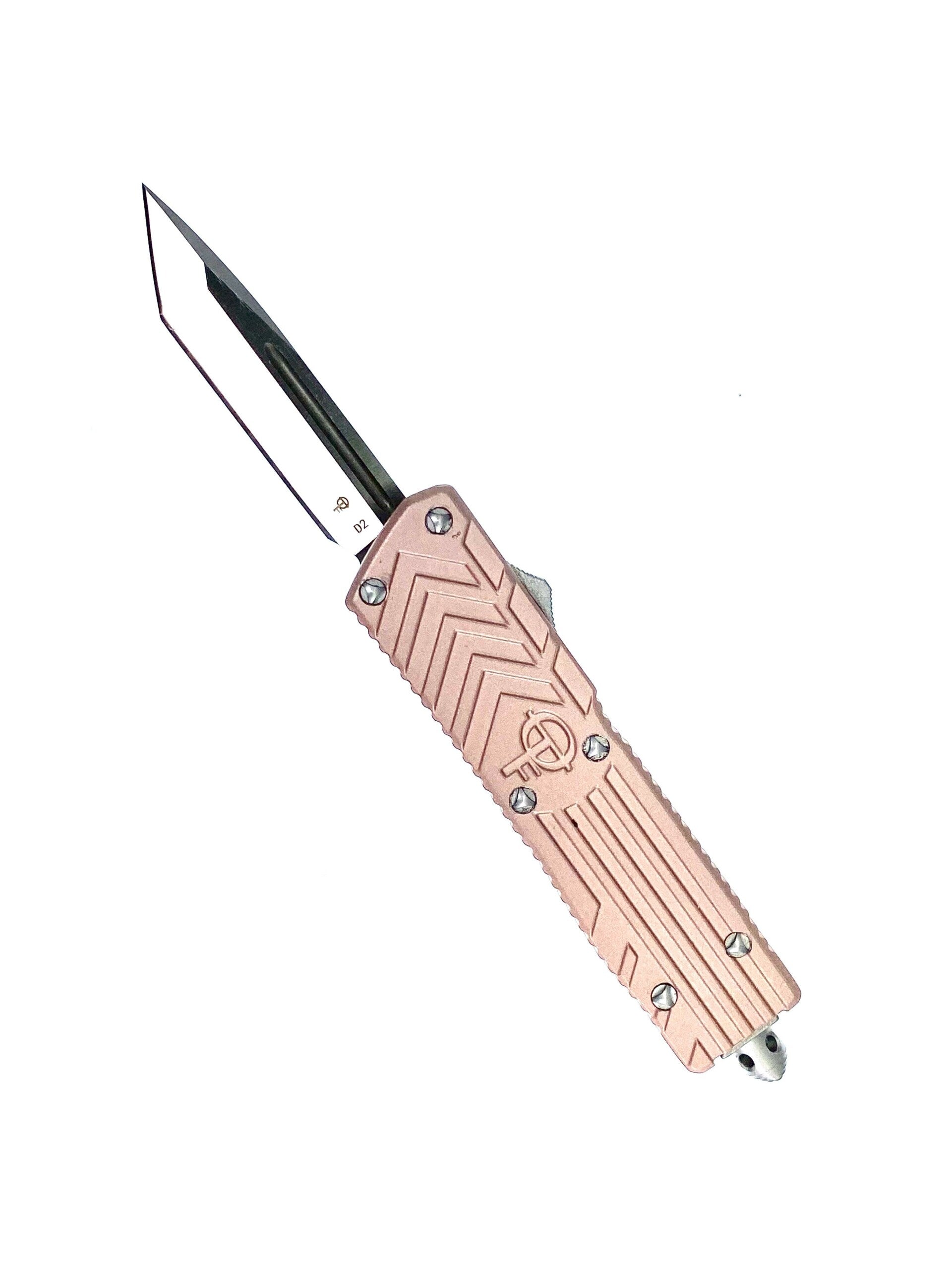 STRIKE FORCE GEN4
STRIKE FORCE GEN4 STRIKE FORCE GEN3
STRIKE FORCE GEN3 STINGERS
STINGERS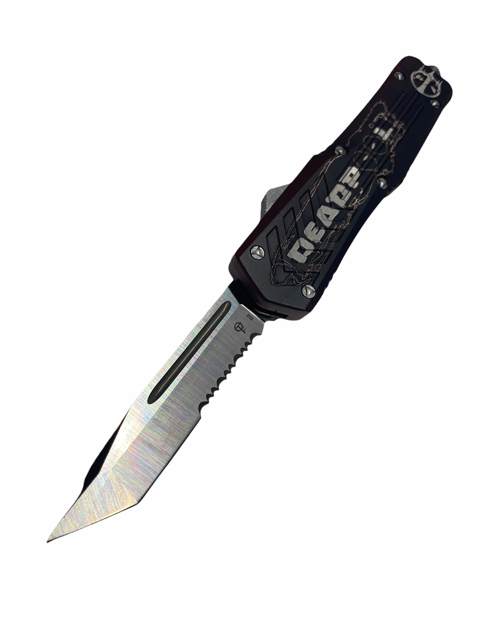 SPECIAL EDITIONS
SPECIAL EDITIONS SLIDEFIRE
SLIDEFIRE RANGERS
RANGERS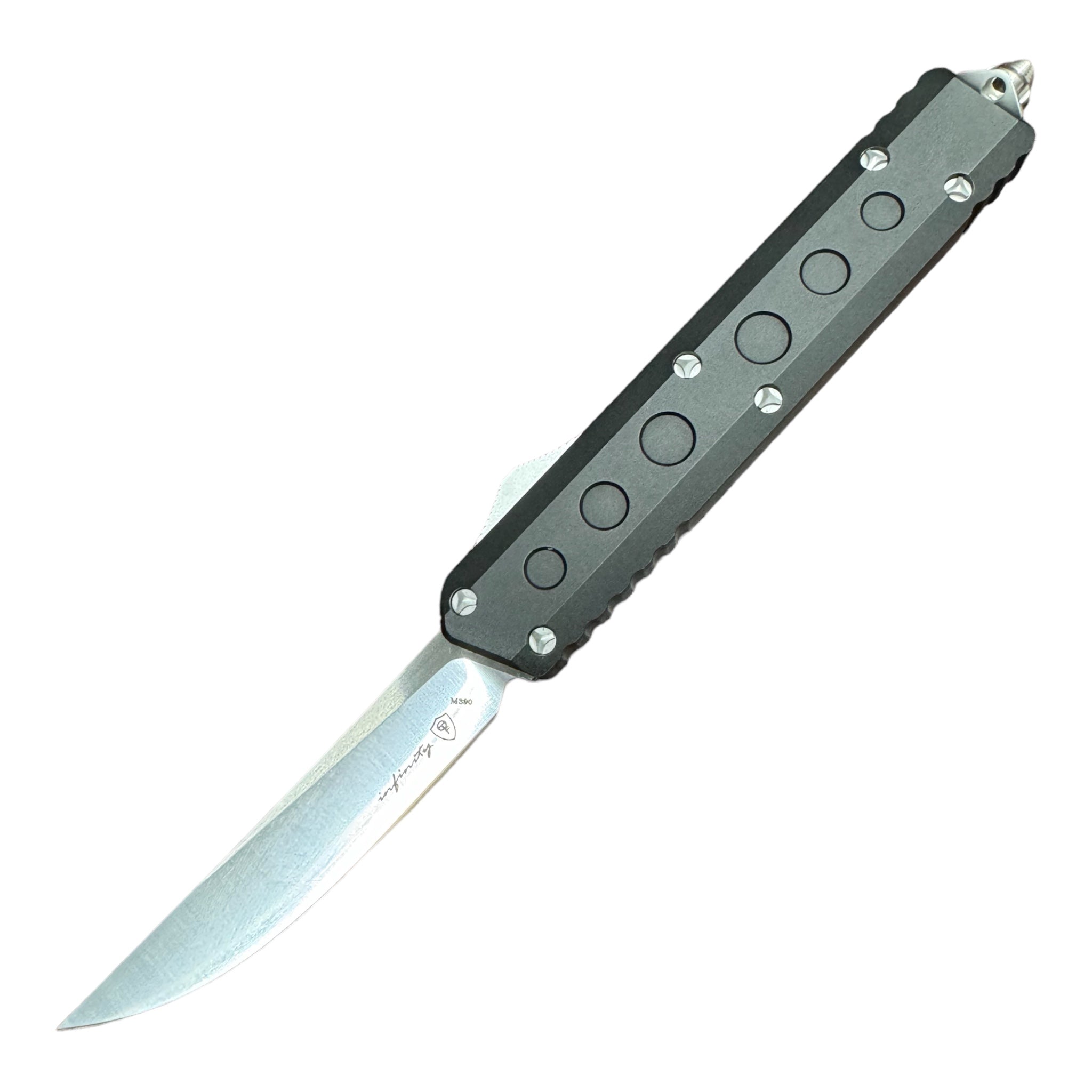 REAPER
REAPER MINI MICRO
MINI MICRO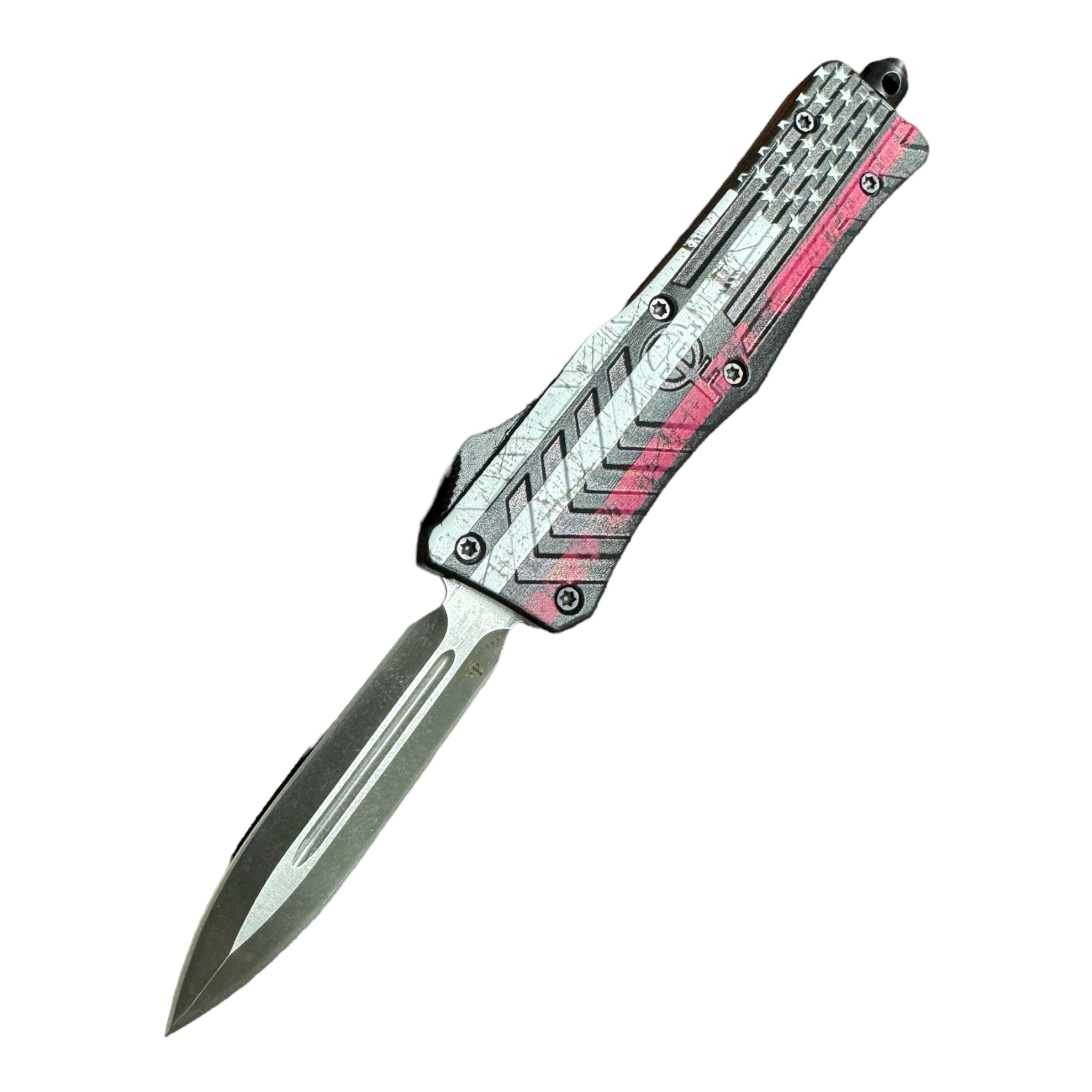 Redline | Blueline
Redline | Blueline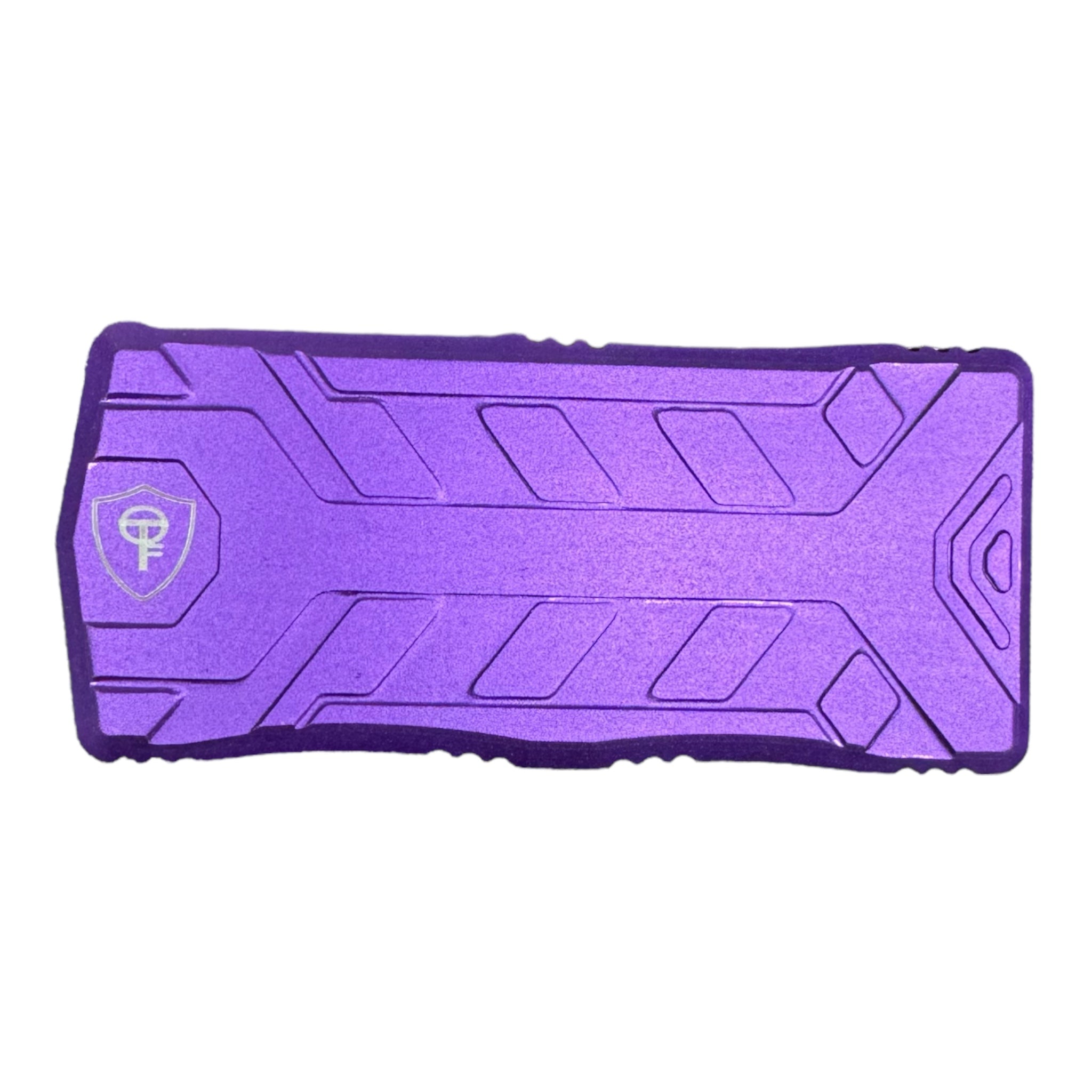 RAZOR
RAZOR PREDATOR
PREDATOR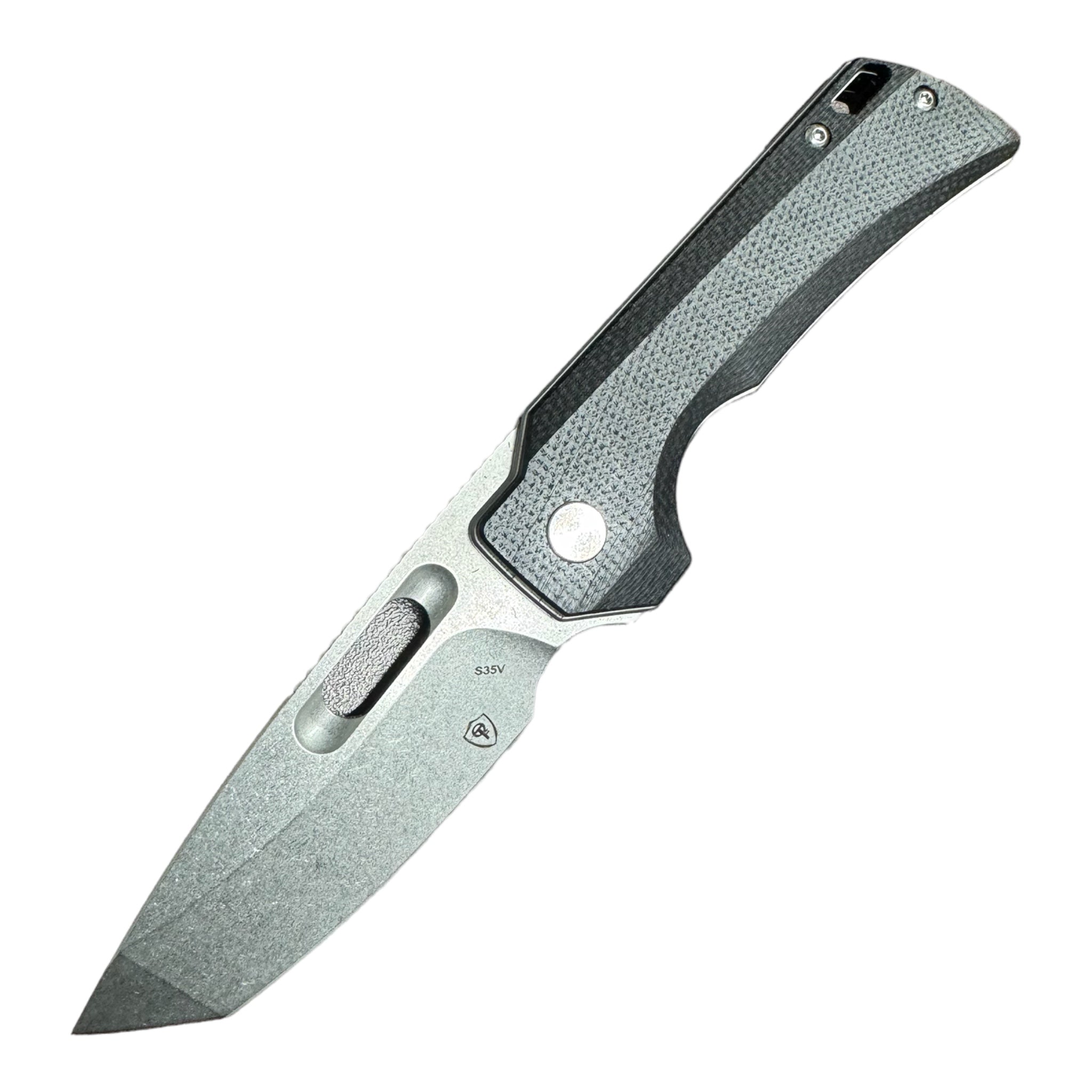 PREDATOR2
PREDATOR2 NOMADS
NOMADS NOMADICS
NOMADICS Mastodon
Mastodon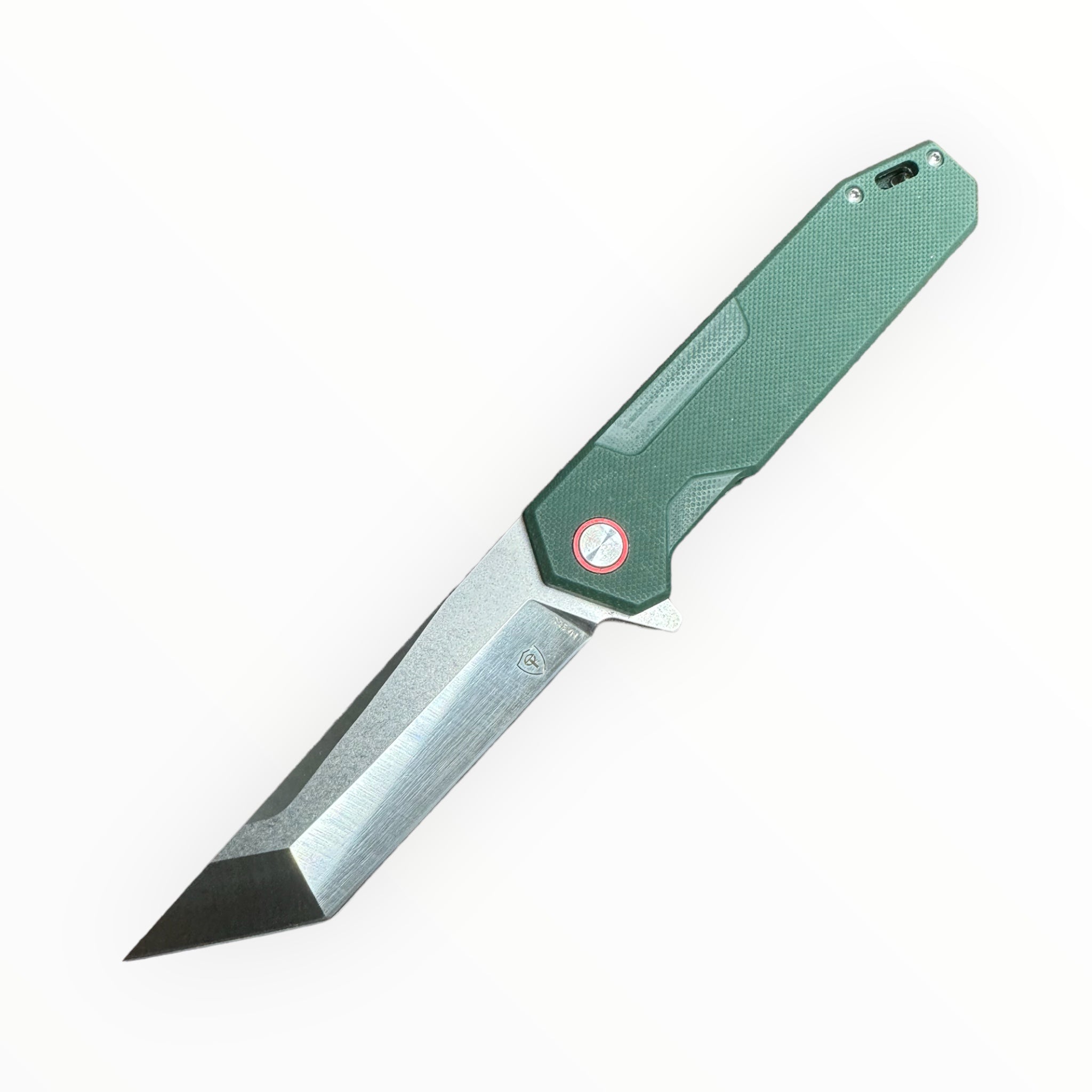 Terminator
Terminator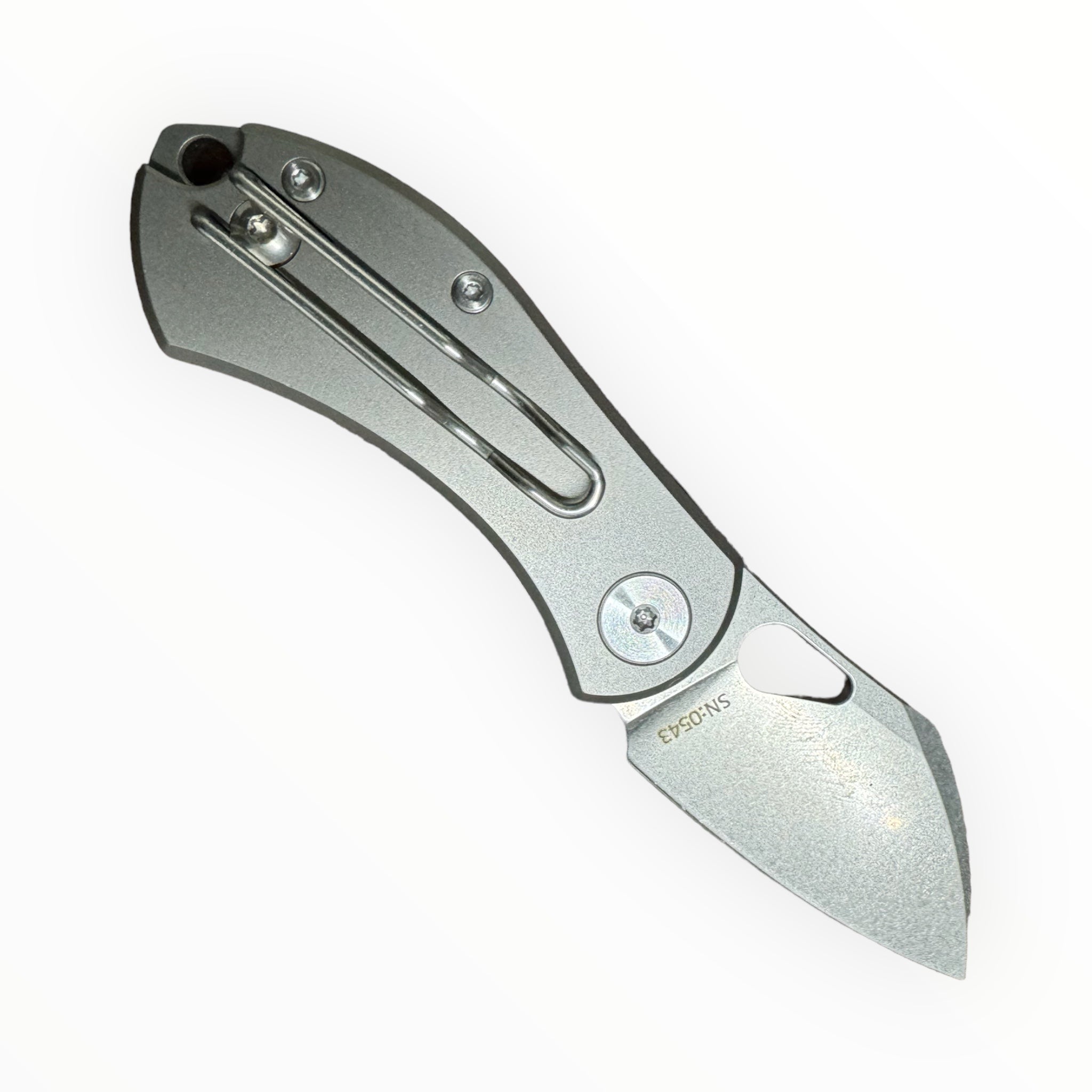 The MOUSE
The MOUSE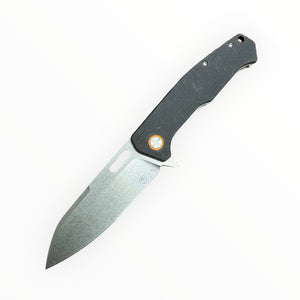 ORCA
ORCA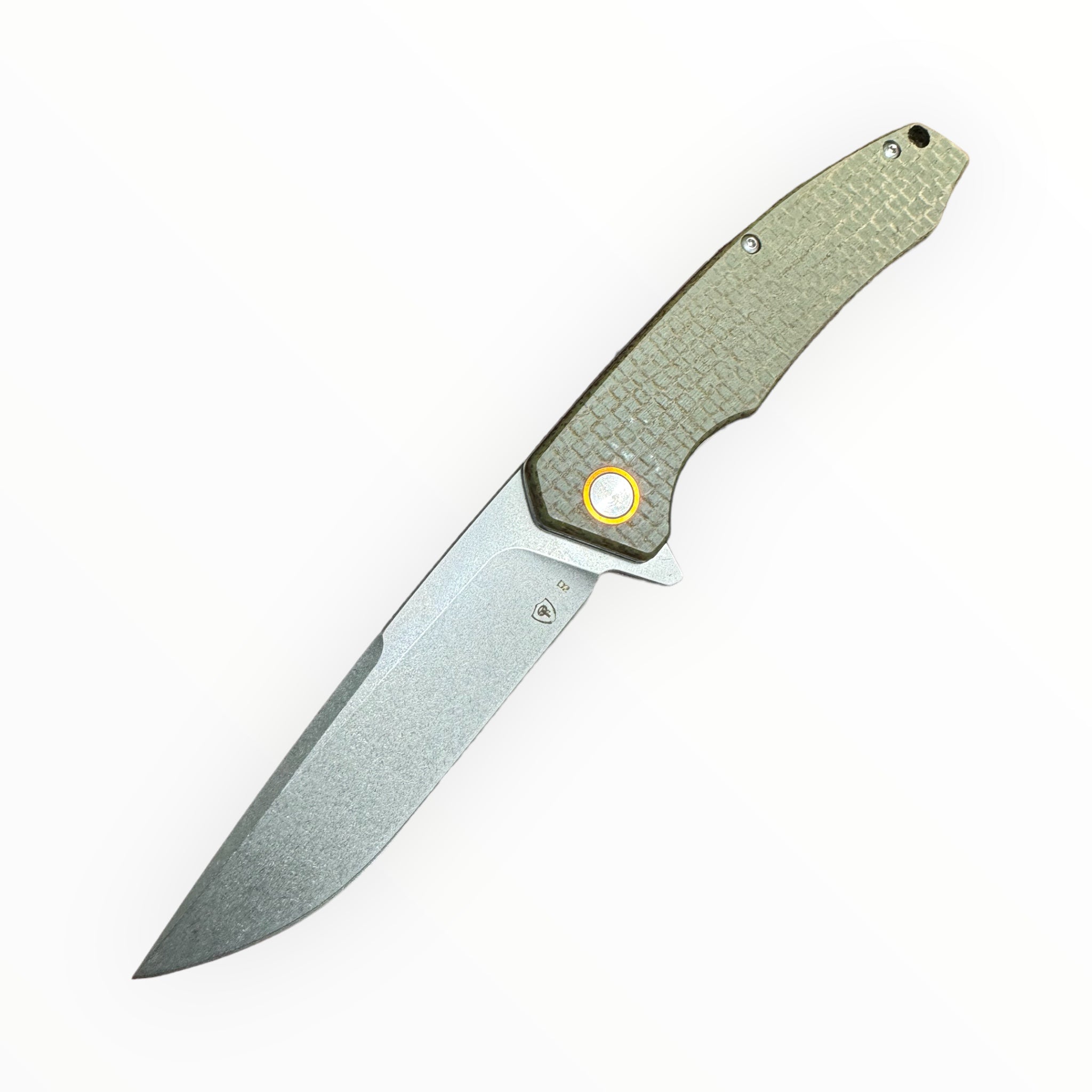 Eother
Eother Desert Shield
Desert Shield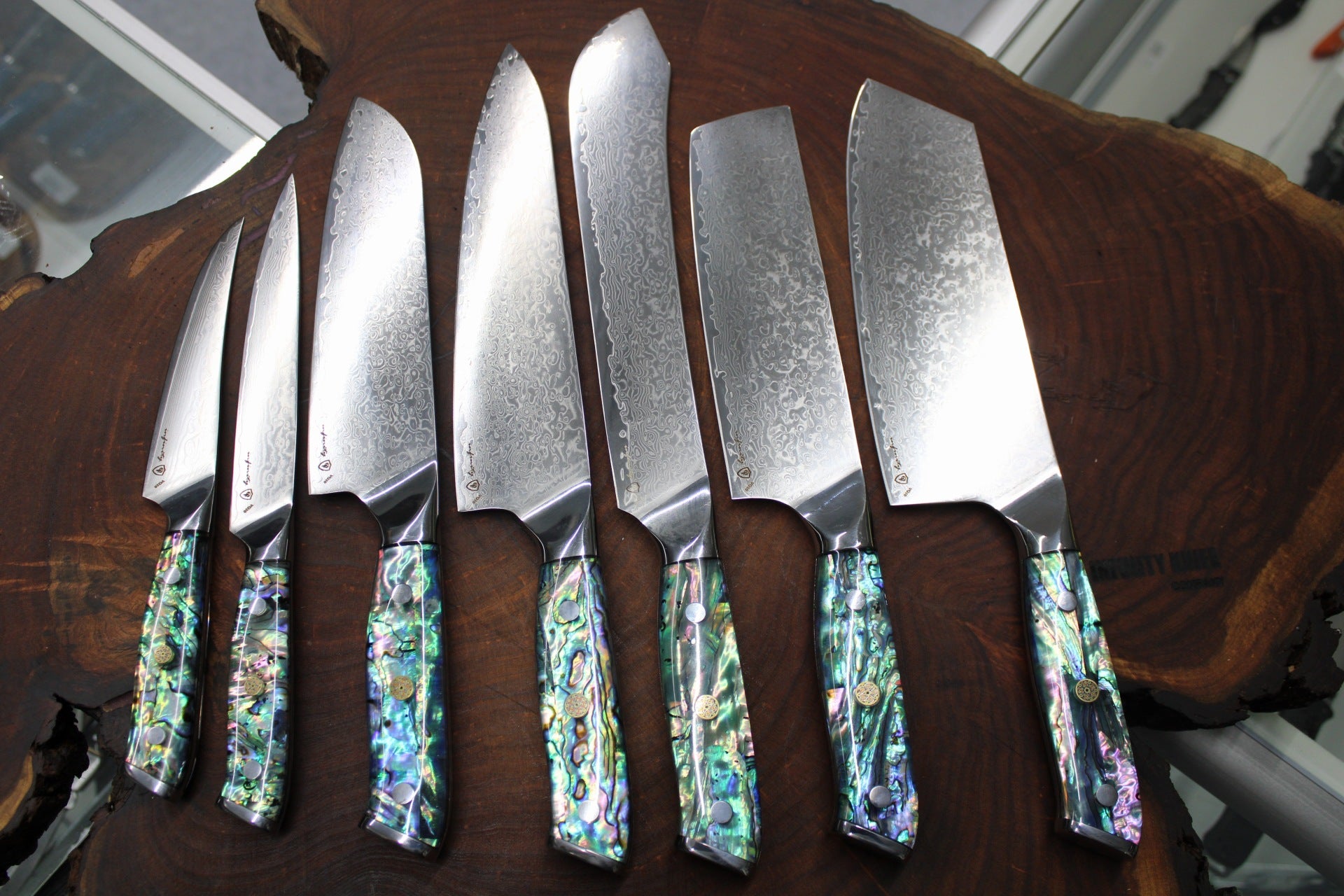 KITCHEN SETS
KITCHEN SETS CLEAVERS
CLEAVERS MINI CLEAVER
MINI CLEAVER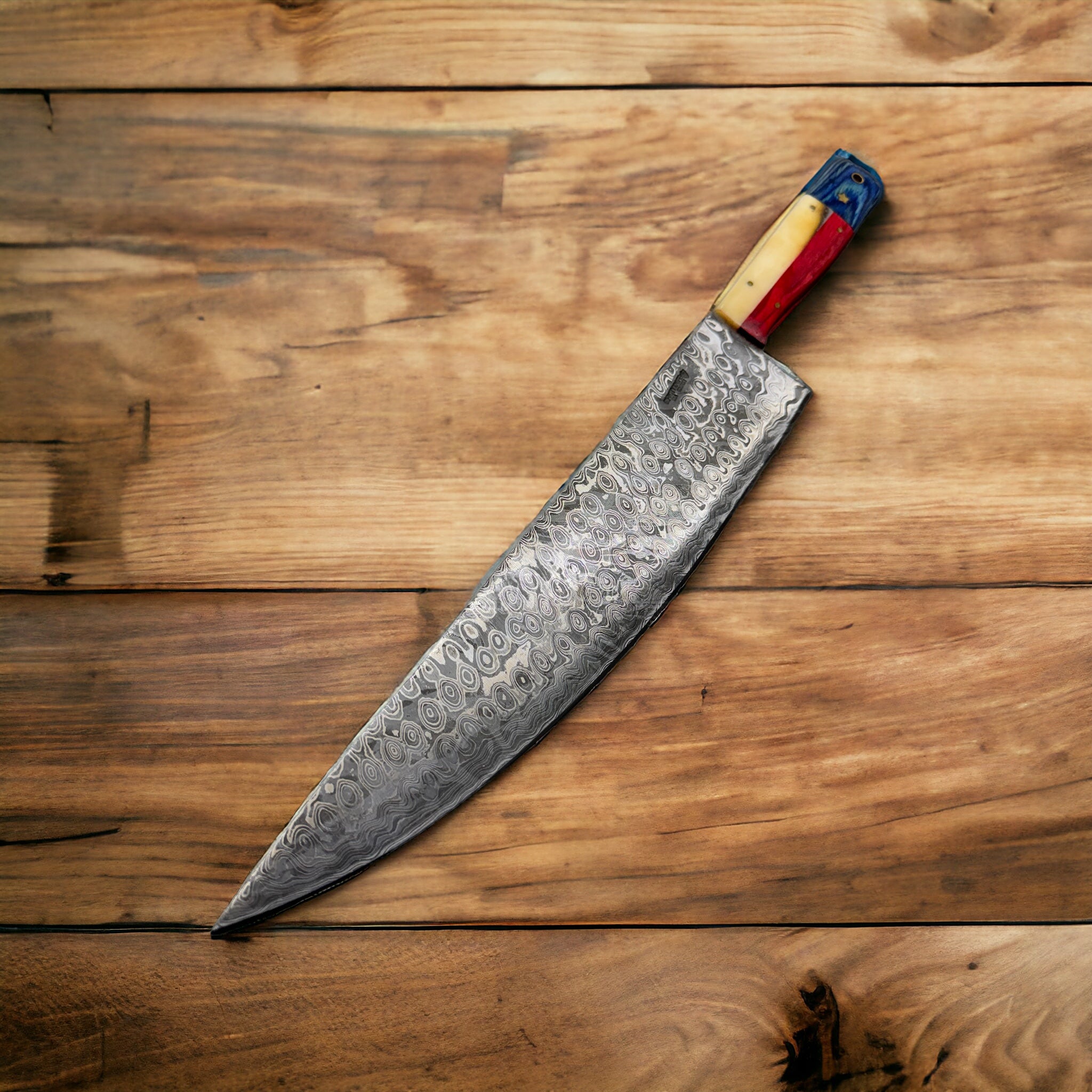 CHEF KNIFE
CHEF KNIFE FILLET KNIFE
FILLET KNIFE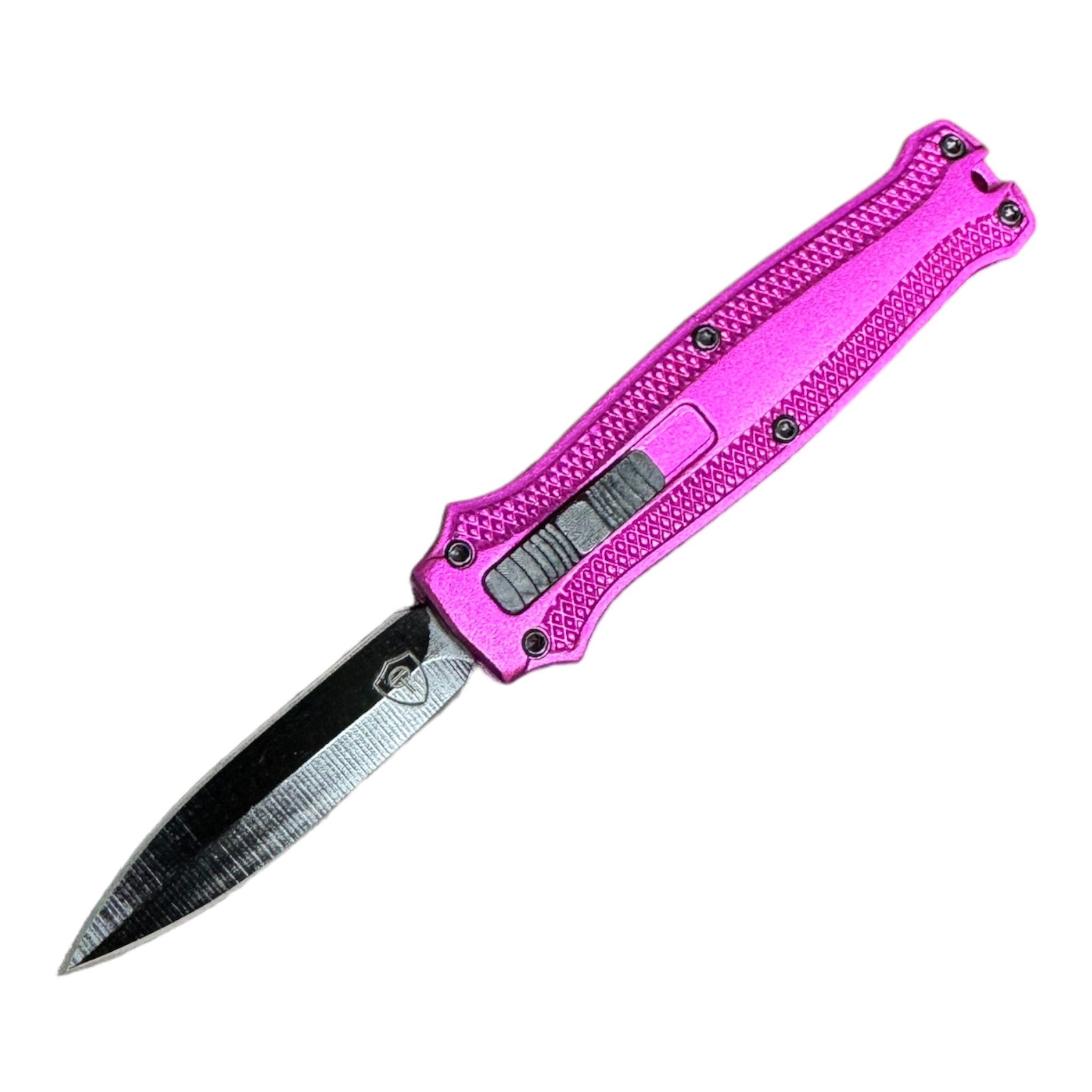 KNIVES UNDER $100
KNIVES UNDER $100 TEXAS CULINARY SET
TEXAS CULINARY SET TEXAS DAMASCUS
TEXAS DAMASCUS TEXAS D2
TEXAS D2 D2 FIXED BLADES
D2 FIXED BLADES DAMASCUS KNIVES
DAMASCUS KNIVES DAMASCUS ULU
DAMASCUS ULU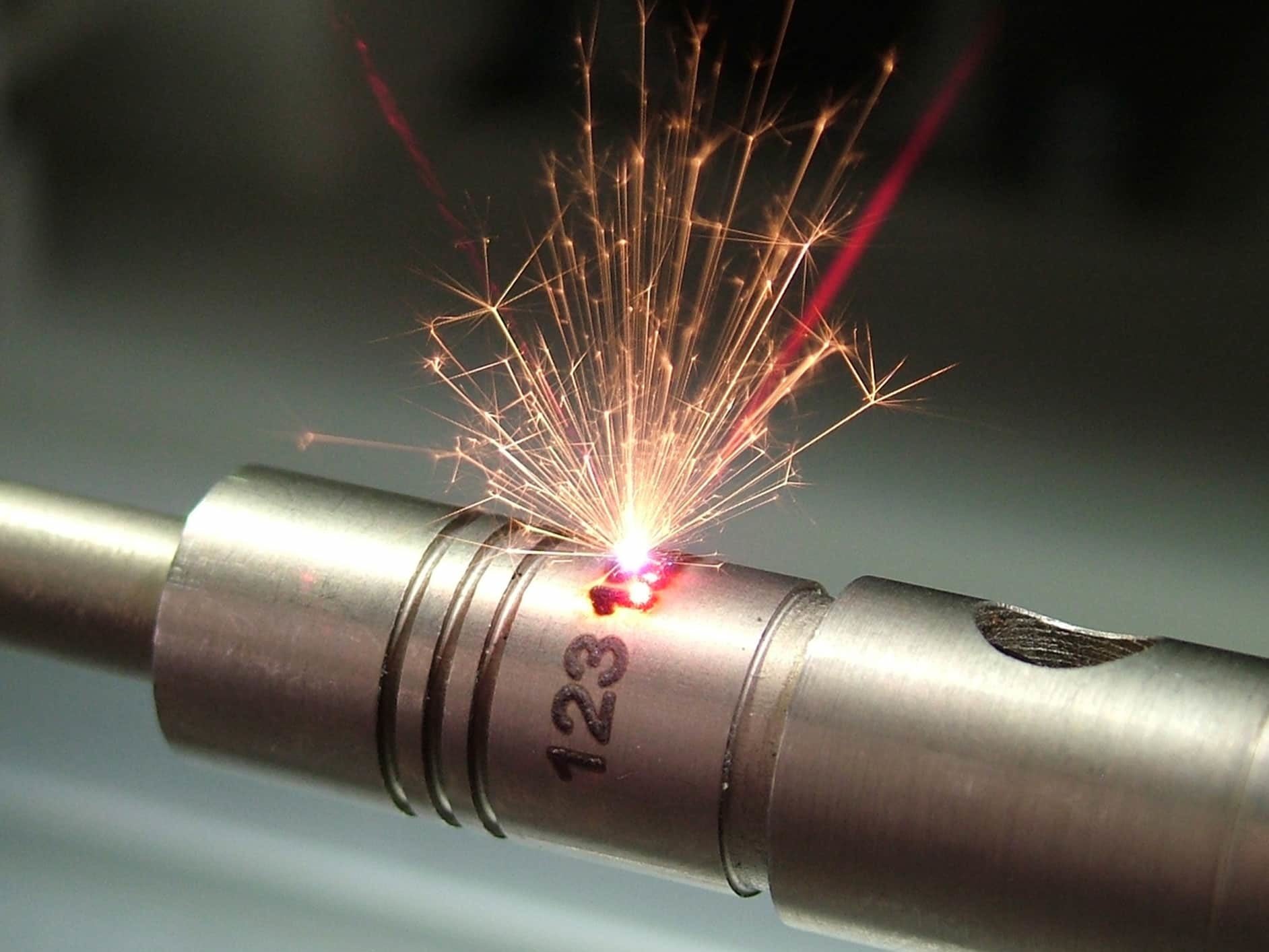 LASER ENGRAVING
LASER ENGRAVING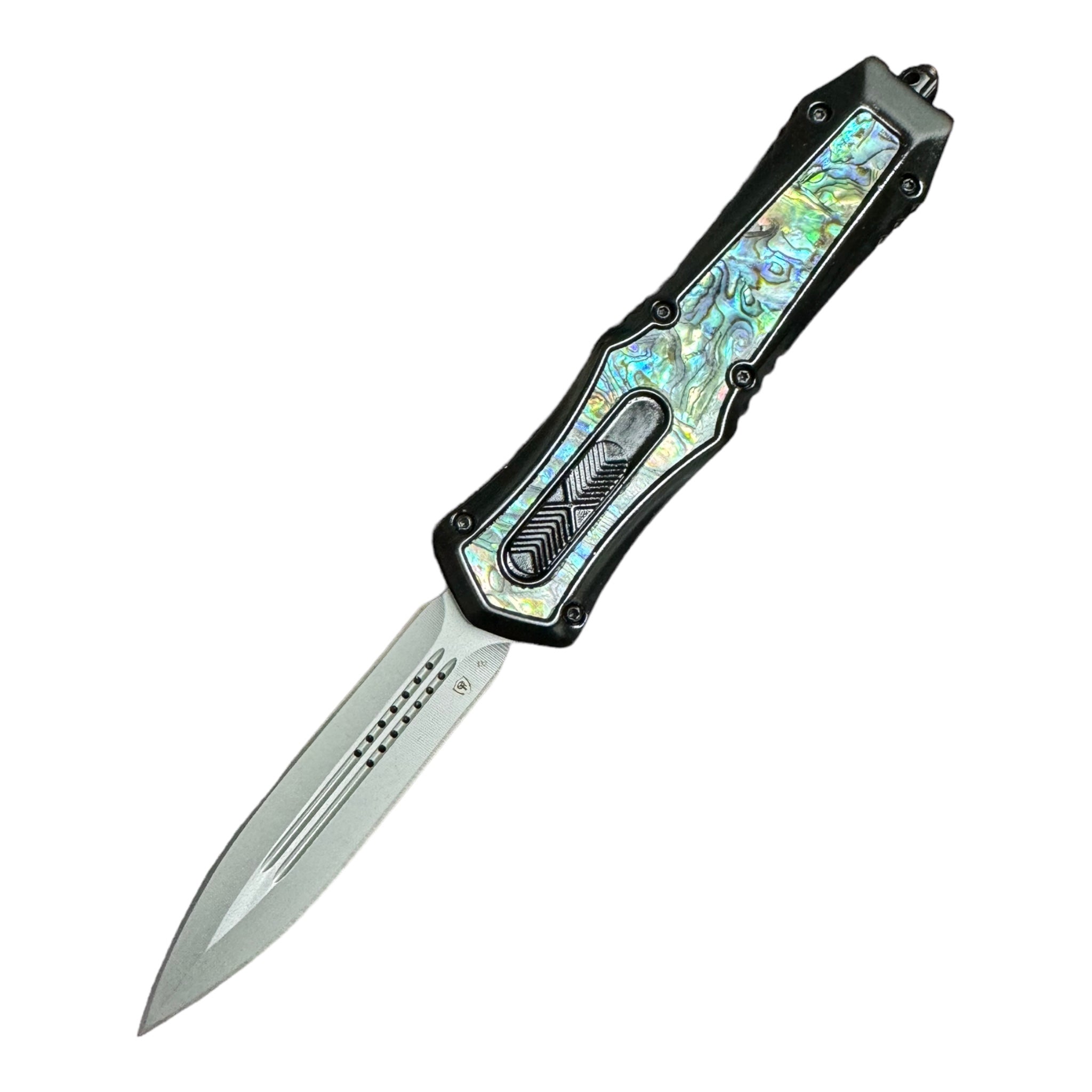 ALL TYPES KNIVES
ALL TYPES KNIVES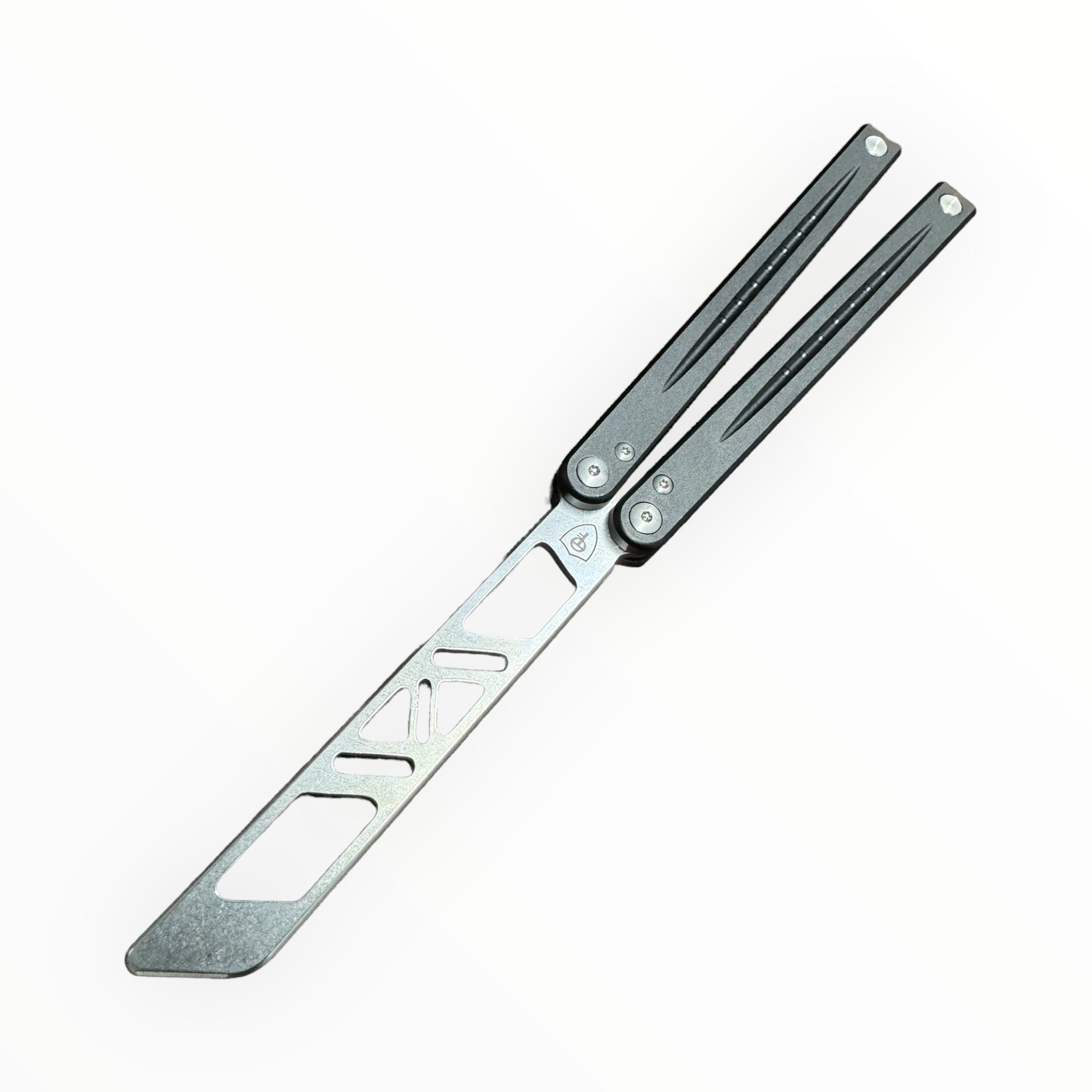 MONARCH BALISONG
MONARCH BALISONG BRISKET KNIFE D2
BRISKET KNIFE D2 DAMASCUS BRISKET KNIFE
DAMASCUS BRISKET KNIFE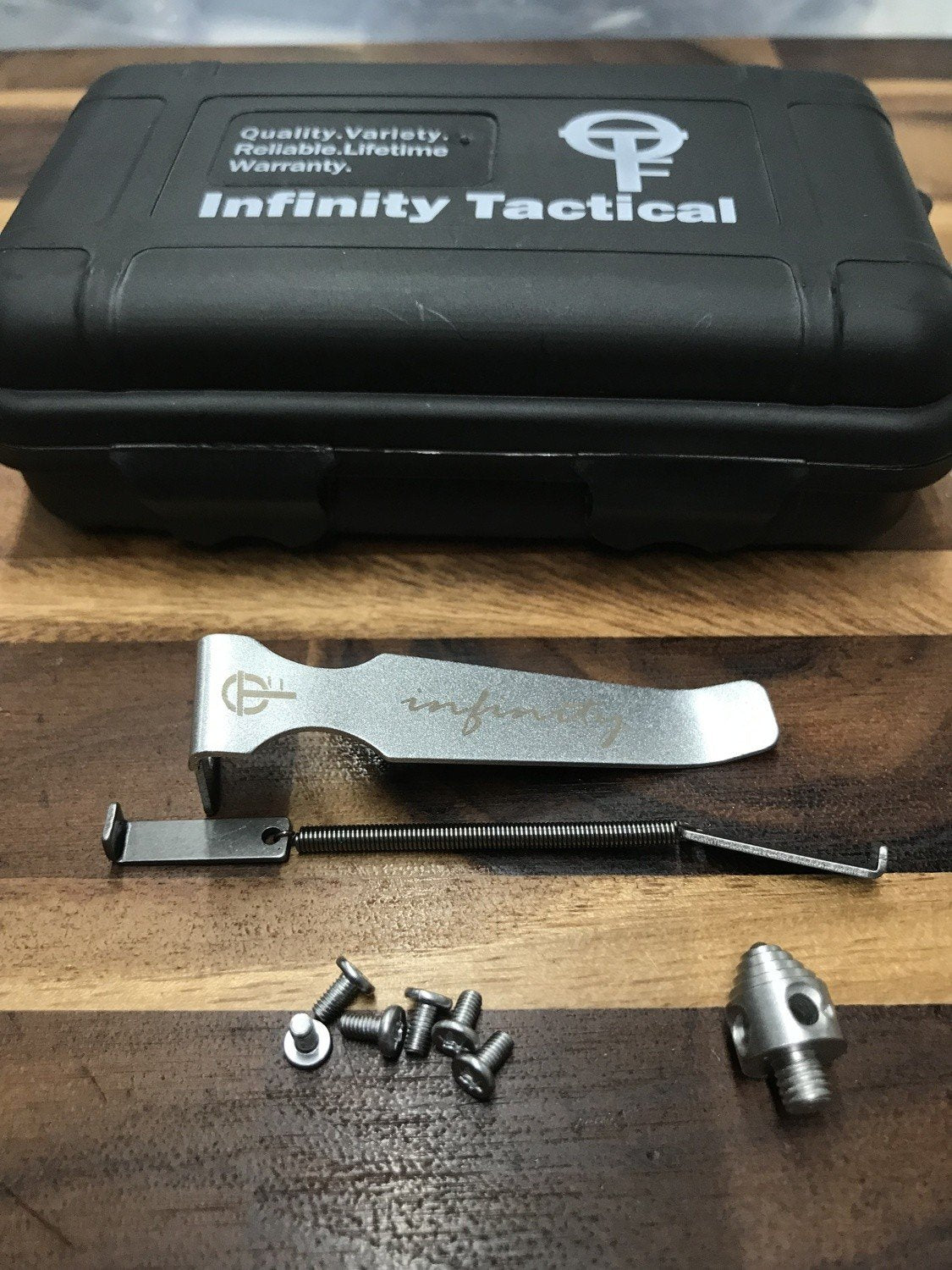 REPLACEMENT PARTS
REPLACEMENT PARTS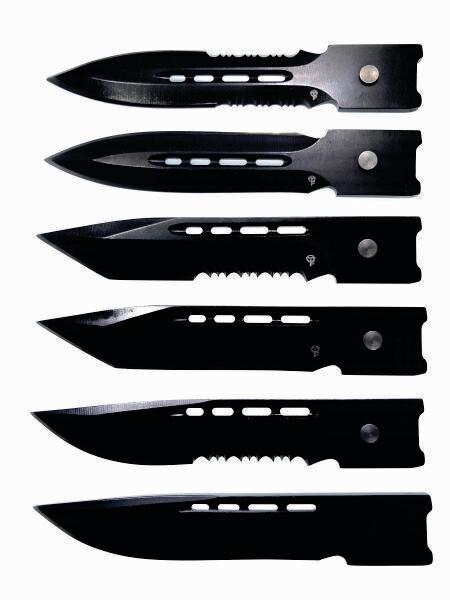 REPLACEMENT BLADES
REPLACEMENT BLADES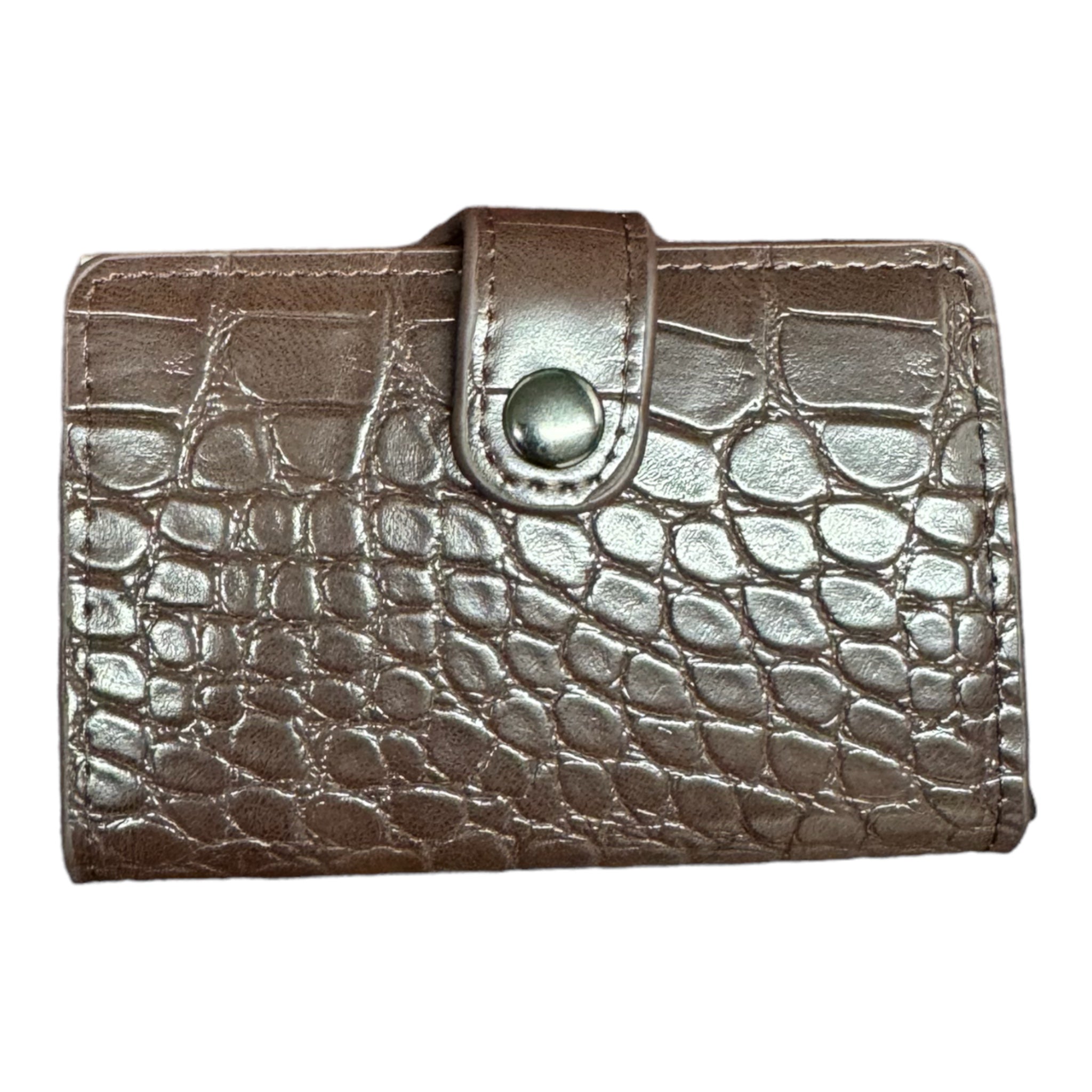 R.F.I.D. WALLET CARRIER
R.F.I.D. WALLET CARRIER RFID LEATHER WALLETS
RFID LEATHER WALLETS GATOR RFID WALLETS
GATOR RFID WALLETS